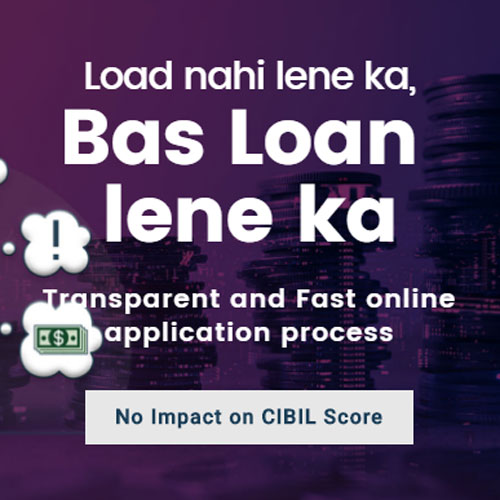Virtual Payment Address or VPA is an online address unique to each customer which can be used instead of providing bank account every time. This address is flexible, customizable and can be changed anytime.
Virtual Payment Address and UPI
The biggest use of this address is to facilitate financial transactions via the UPI payment system. In order to do that successfully, a bank account holder who is also a UPI payment app user needs to have VPA address linked to their account. VPA replaces bank account details.
Features of VPA
- VPA helps UPI hide the bank account details from every other person who you need to transfer money to.
- The complete transaction takes place without the need of accessing bank accounts.
- It is easily manageable and changeable.
- Only NPCI has the information as to which bank account is linked to a VPA.
- No two VPAs are the same.
- All transactions take place via NPCI with banks acting only as creditors and deductors.
- A person can have as many VPAs as they fancy.
- The only part of the VPA you can’t customize is the suffix which is fixed for each bank. Some of the suffixes are provided towards the end of this page.
- A single VPA can be linked with multiple bank accounts with one account being set as default.
Benefits of VPA
- You do not have to remember and provide bank account numbers and IFSC code for money transaction.
- It is easily changeable, hence more secure.
How to get a VPA?
VPA is part of the UPI payment system. So it can be got from the UPI App. The process to get a VPA is as follows:
- Download the UPI app and link it to a bank account through your mobile number. Use the mobile number which is already registered at your bank.
- You’ll have to go through a mobile verification process, after which follows another verification round. This verification can be a security question, a grid or any such authentication technique.
- Once the final authentication is done, create a VPA for the account you provided.
- Just as it is with an email address, you are provided with a VPA of your choice if the availability check confirms its available. If it isn’t available, try a different address.
- Once you provide a unique VPA, it gets approved instantly, and you get a virtual payment address.
Sending money via VPA
The arrival of VPA and UPI app has made funds transfer a much easier business than it used to be. To send money to someone using the UPI app, you must have the VPA of that person. Follow these steps to transfer money using VPA:
- Enter your PIN and login to your UPI app.
- Select fund transfer through UPI as your preferred option.
- Enter the beneficiary VPA, the amount to be transferred and remarks.
- If you have multiple VPAs, choose the one linked to the bank account you would like to pay from and click Submit.
- Confirm the details and type your MPIN to validate.
Receiving money via VPA
Instead of being handed over cash or a NEFT, anyone can request to receive money via UPI. The steps to receive money using VPA are as follows:
- Download and login to any UPI-based mobile app.
- Select UPI, then click on “Collect via UPI”.
- Type the VPA address of the individual who you are requesting money from.
- Give the amount requested and add remarks.
- Choose the VPA address/account at which you need the money transferred.
- Submit details requested and await approval from the other end.
- Once approved by the individual you are requesting money from, the amount gets credited to your chosen account.
VPA suffixes of some common banks
- SBI Pay: @SBI
- PNB UPI: @PNB
- Axis bank: @axis
- ICICI Bank UPI: @icici
- Bank of Baroda: @barodapay
- HDFC Bank UPI: @HDFC
- Yes Bank: @YBL





